In the vast world of avian diversity, few birds captivate the imagination quite like those adorned with unusual feather adaptations. Among these remarkable creatures, certain species possess what appear to be hair-like feathers, creating a striking appearance that challenges our conventional understanding of bird plumage. These specialized feathers serve various purposes, from insulation to waterproofing, and represent fascinating evolutionary adaptations to specific environmental challenges. The unique texture and appearance of these filamentous feathers have earned these birds special attention from ornithologists and bird enthusiasts alike, making them some of the most distinctive members of the avian world.
The Science Behind Hair-Like Feathers
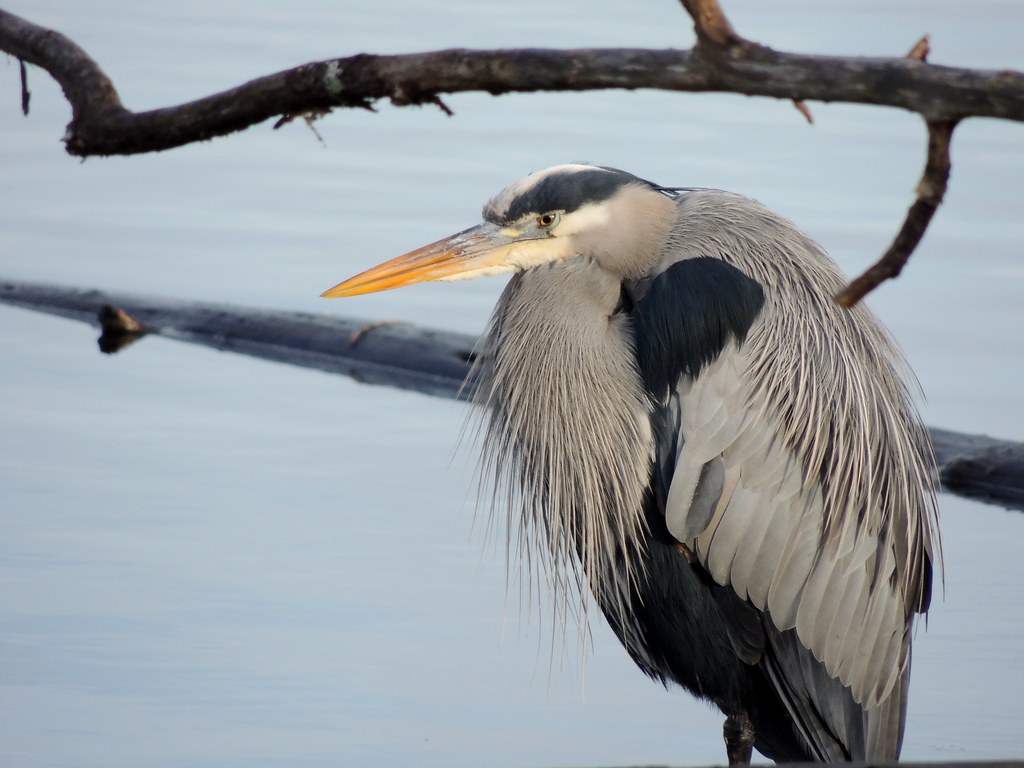
What many observe as “hair” on certain bird species is actually a specialized type of feather known scientifically as filoplumes or semiplumes. Unlike typical contour feathers that provide the aerodynamic shape birds need for flight, these hair-like structures lack the interlocking barbules that create the smooth, continuous surface of regular feathers. Instead, they have a thin central shaft with sparse, simple branching patterns that give them their distinctive wispy, hair-like appearance. These specialized feathers evolved for specific functions rather than flight, including sensory perception, insulation, and in some cases, visual display for mating purposes. The microscopic structure of these feathers reveals the incredible diversity of avian adaptation, showcasing nature’s ability to modify basic structures for specialized purposes.
The Silkie Chicken: The Most Famous “Hairy” Bird
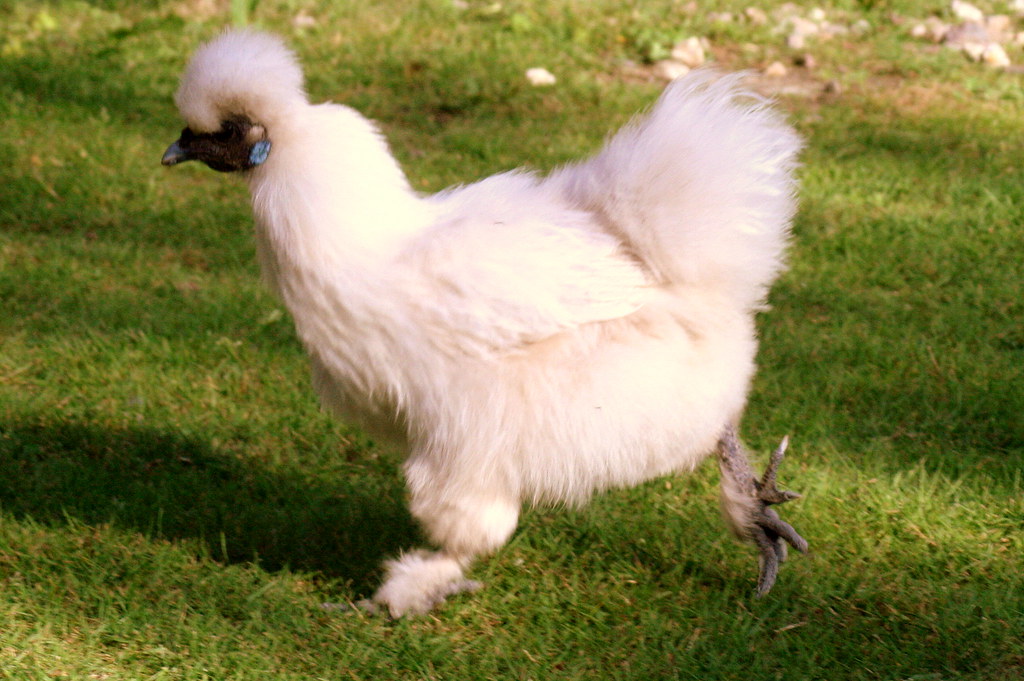
Perhaps the most well-known bird with hair-like feathers is the Silkie chicken, a domestic breed that has captivated humans for centuries with its unusual appearance. Originally from Asia, particularly China, these remarkable birds possess a genetic mutation that causes their feathers to lack the typical barbicels and hooklets that give conventional feathers their smooth appearance. Instead, Silkie feathers continue growing into fine, fluffy filaments that create a fur-like or silk-like texture across their entire body, giving them an appearance more reminiscent of a stuffed toy than a typical chicken. Their unique plumage has made them popular in ornamental poultry keeping, and they’re often kept as pets due to their gentle, friendly temperament combined with their extraordinary appearance. In addition to their unusual feathers, Silkies possess other distinctive traits including black skin, blue earlobes, and five toes instead of the usual four found in most chicken breeds.
The Ancient Emu: Primitive Hair-Like Feathers
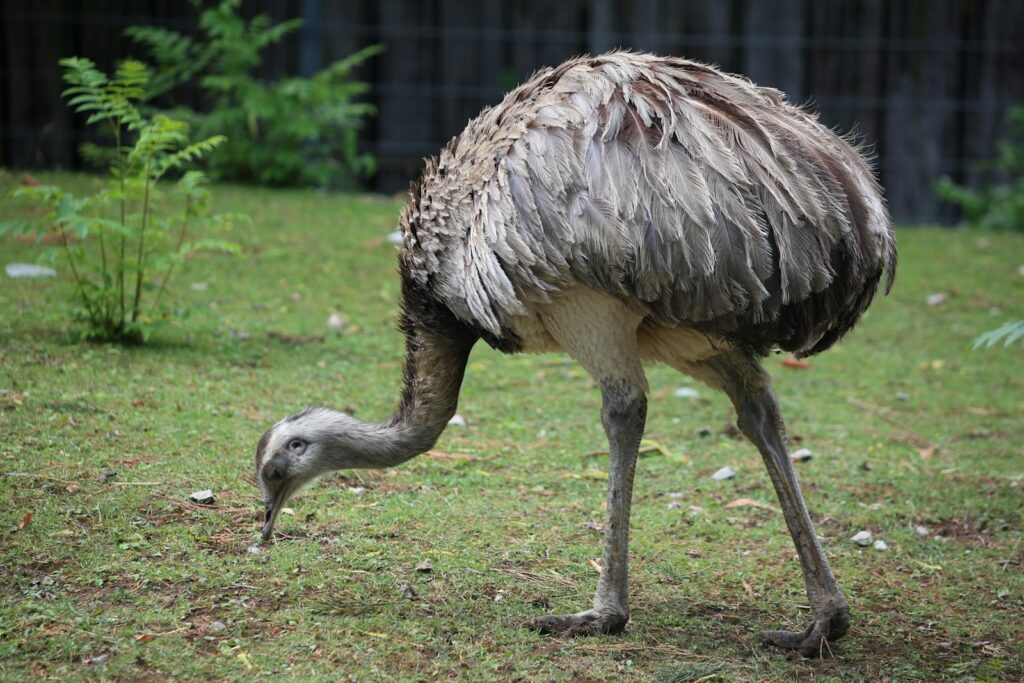
The emu, Australia’s largest native bird, displays another remarkable example of hair-like feather adaptation that connects to its ancient evolutionary history. Rather than the sleek, aerodynamic feathers of flying birds, emus possess double-shafted feathers that hang loosely from their bodies, creating a shaggy, hair-like appearance particularly visible from a distance. These specialized feathers serve important functions in the harsh Australian climate, providing excellent insulation against both extreme heat and occasional cold while allowing air circulation close to the skin. The hair-like quality of emu feathers represents a more primitive feather structure that predates the highly specialized flight feathers of modern birds, offering a glimpse into avian evolutionary history. Additionally, these unique feathers help shed rainwater efficiently, an important adaptation for a ground-dwelling bird that cannot escape adverse weather conditions through flight.
Kiwi Birds: The Ultimate Hair-Like Feather Specialists
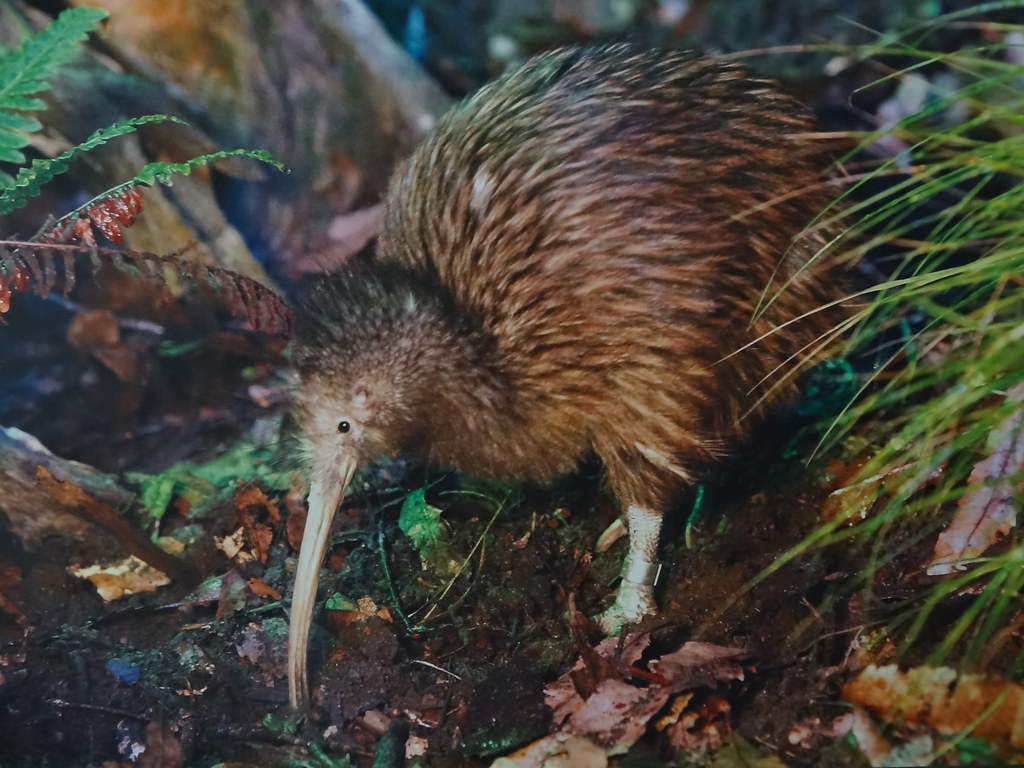
New Zealand’s iconic kiwi birds represent perhaps the most extreme example of hair-like feather adaptation in the avian world. Their specialized feathers have evolved to such an extent that they genuinely resemble coarse mammalian hair, creating a shaggy coat that makes these birds appear strikingly un-birdlike. This unique adaptation serves multiple purposes in the kiwi’s forest floor habitat, providing excellent camouflage among leaf litter and protecting them from moisture in their damp forest environments. Unlike most birds that shed and replace their feathers regularly, kiwi feathers grow continuously throughout their lives, similar to mammalian hair, further enhancing their unusual appearance. Scientists believe the kiwi’s hair-like feathers represent an extreme adaptation to their ground-dwelling, nocturnal lifestyle, where flight feathers became unnecessary and were gradually replaced by structures more suited to their environmental niche.
The Evolutionary Purpose of Hair-Like Feathers
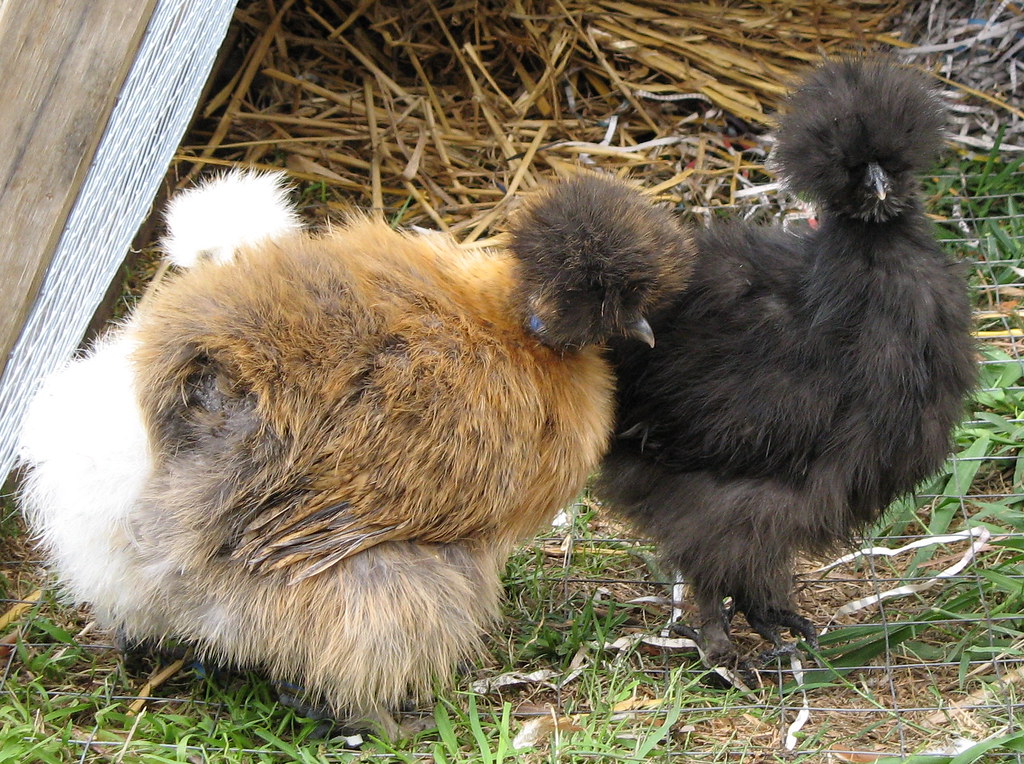
The evolution of hair-like feathers in various bird species represents a fascinating study in adaptive radiation and specialized function. In most cases, these modified feathers emerged when traditional flight feathers became unnecessary or secondary to other survival needs, such as insulation, sensory perception, or water resistance. For ground-dwelling birds like kiwis and emus, the transition toward hair-like feathers allowed for better movement through dense vegetation without feathers becoming damaged or entangled. In domestic birds like Silkies, human selection reinforced and enhanced naturally occurring mutations that produced these unusual feather types. Additionally, hair-like feathers often provide superior insulation properties compared to typical feathers, creating a dense, air-trapping layer that efficiently regulates body temperature in various climate conditions. This evolutionary shift demonstrates the remarkable plasticity of feather structures and their ability to adapt to widely different environmental pressures.
Cassowaries: Dangerous Birds with Hair-Like Quills
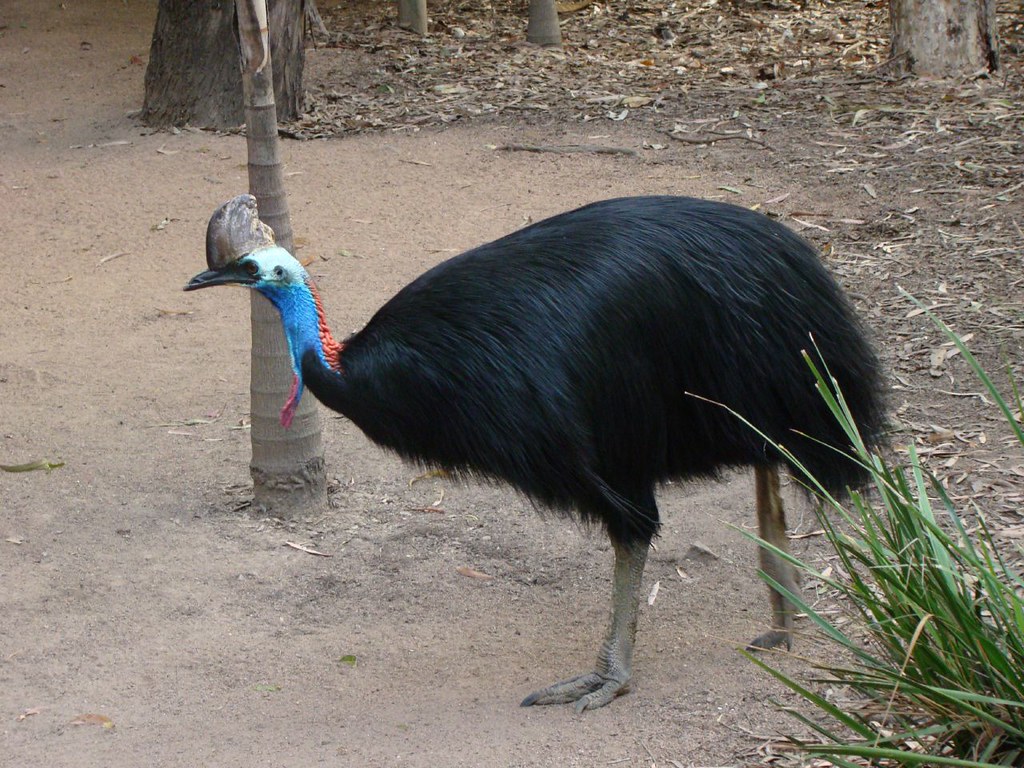
The cassowary, a large flightless bird native to tropical forests of New Guinea and northeastern Australia, combines typical feathers with remarkable hair-like structures in a unique defensive adaptation. While their main body features black feathers similar to those of their relatives the emus, cassowaries also possess modified feathers that have evolved into stiff, spine-like quills along their wings and neck. These keratinous quills, lacking barbs entirely, create a hair-like or spine-like appearance that serves as a warning to potential predators about their defensive capabilities. Combined with their powerful legs and dagger-like claws, these quill-like feathers contribute to the cassowary’s reputation as one of the world’s most dangerous birds. The cassowary’s unique feather adaptations showcase how bird plumage can evolve far beyond flight functionality into specialized structures serving entirely different purposes.
Microscopic Structure of Hair-Like Feathers
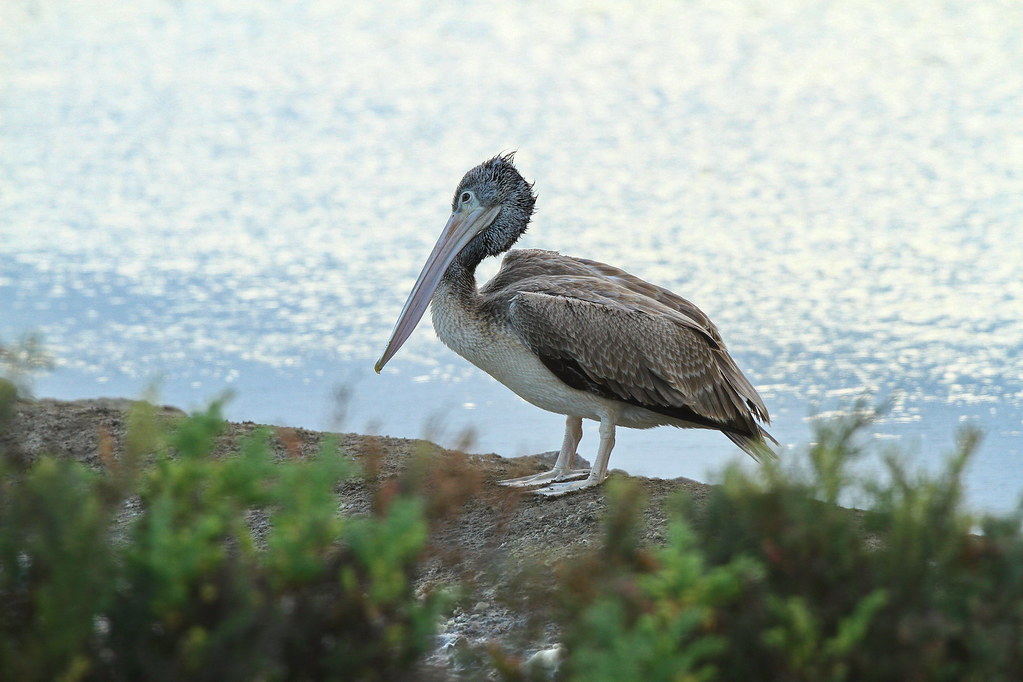
Under microscopic examination, hair-like feathers reveal fascinating structural differences from typical avian plumage. While conventional feathers have a complex structure with a central shaft (rachis) supporting numerous barbs that branch into barbules with tiny hooks creating a continuous surface, hair-like feathers show significant structural simplification. Many hair-like feathers retain only the central shaft with minimal barb development and lack the interlocking hook system that creates the smooth surface necessary for flight. In some birds, like kiwis, the feather structure has simplified so extensively that the central shaft has become extremely thin and flexible, with limited barb development creating an appearance remarkably similar to mammalian hair. These structural modifications often result in feathers that grow continuously throughout the bird’s life rather than being shed and replaced during regular molting cycles. Understanding these microscopic differences helps scientists trace evolutionary pathways and adaptation processes in bird species across different environmental niches.
Polish Chickens: Crest Feathers That Resemble Hair
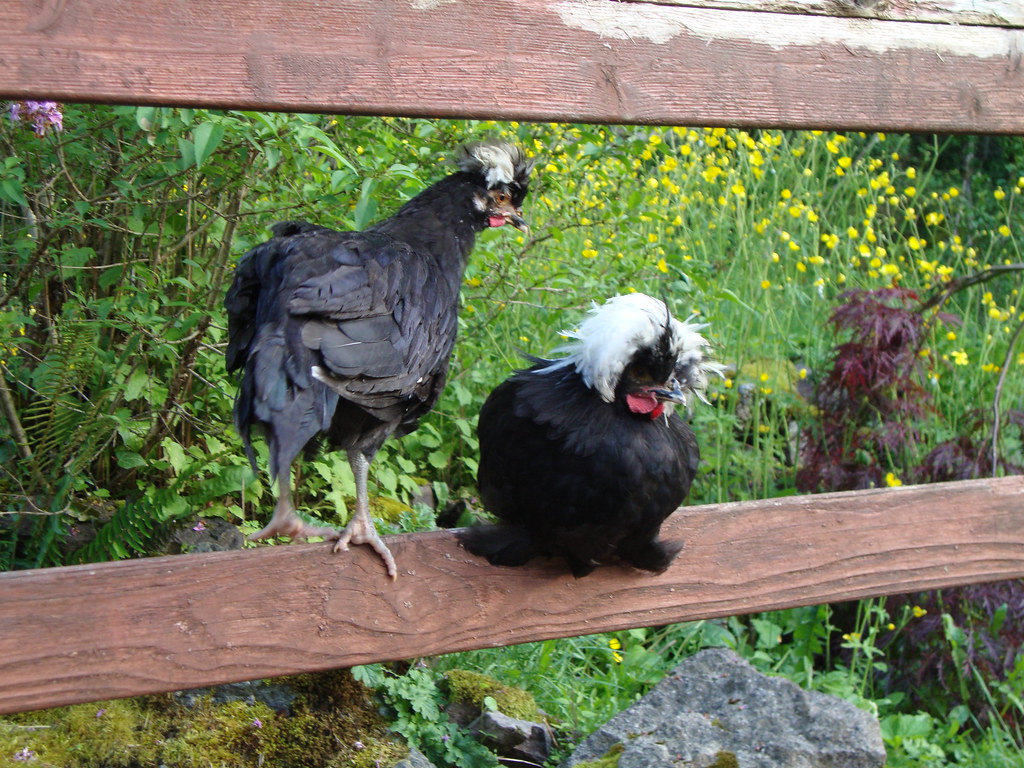
The Polish chicken, a distinctive ornamental breed, features a spectacular crest of elongated, modified feathers that create a hair-like explosion of plumage atop their heads. These crest feathers differ from the bird’s body plumage, growing in a forward-facing pattern from a small cranial protuberance and lacking the typical structure needed for flight or waterproofing. Instead, these specialized feathers grow continuously in length and create the breed’s signature “pompom” appearance that can sometimes grow so extensively it obscures the bird’s vision. The unusual development of these crest feathers results from specific genetic factors that alter normal feather development pathways, creating softer, more flexible feathers with reduced barb cohesion. While primarily developed through selective breeding for ornamental purposes, these specialized feathers demonstrate the remarkable genetic plasticity in feather development pathways and the diversity possible within domestic bird populations.
Nestling Plumage: When Baby Birds Have “Hair”
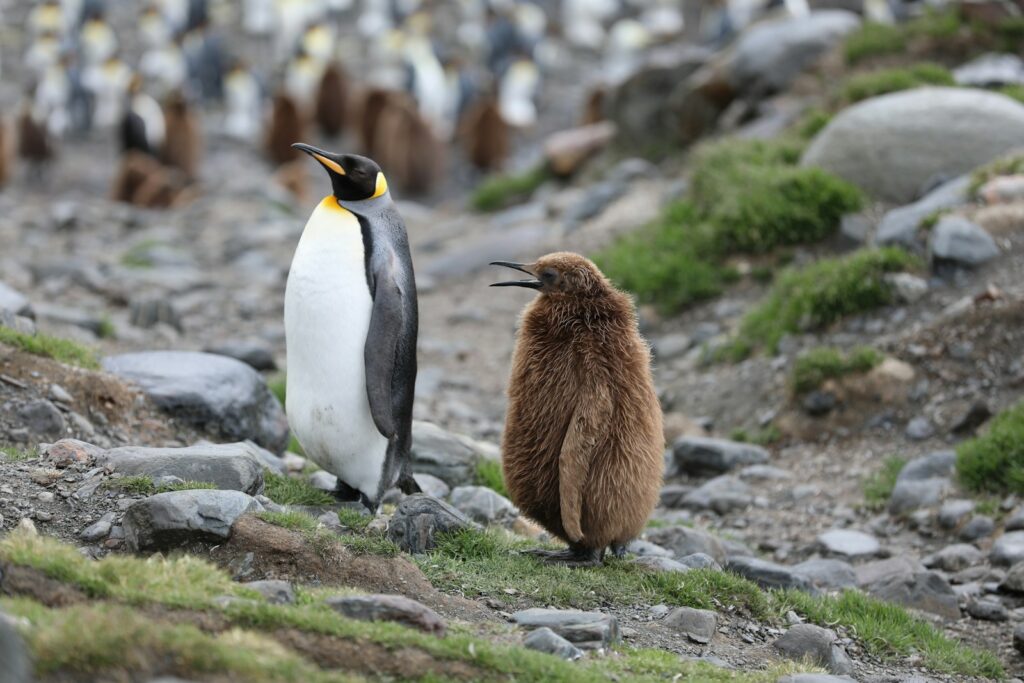
Many bird species exhibit hair-like feathers during their nestling phase, an often-overlooked aspect of avian development that serves crucial functions in early life stages. These specialized feathers, technically called natal down, appear hair-like due to their simple structure and lack of the complex barb-barbule system found in adult feathers. Unlike adult plumage, nestling down often grows sparsely across the body, creating a fuzzy or hair-like appearance that provides essential thermal insulation without the weight and complexity of fully formed feathers. This adaptation allows rapid growth while maintaining body temperature, a crucial requirement for developing nestlings. In some species, particularly those with precocial young like ducks and chickens, this down is replaced relatively quickly by juvenile feathers, while in altricial species with helpless young, the hair-like down may persist longer before true feather development begins. The study of nestling down patterns and development provides valuable insights into bird evolution and the adaptive pressures faced by different species during their most vulnerable life stage.
Rheas and Their Distinctive Plumage
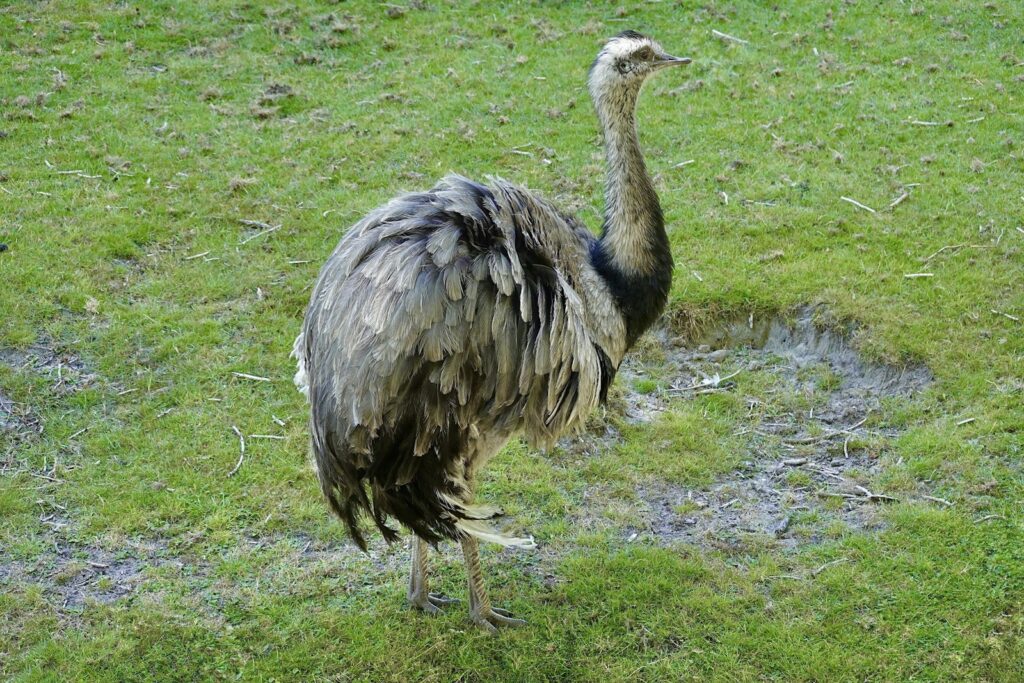
The rhea, a large flightless bird native to South America, displays another fascinating example of hair-like feather adaptation among the ratite group. Their specialized plumage consists of soft, fluffy feathers lacking the interlocking barbules of typical bird feathers, creating a distinctive shaggy appearance that appears hair-like, especially when viewed from a distance. Unlike their relatives the ostriches, which retain some structural organization in their plumage, rhea feathers hang loosely from the body in a manner reminiscent of long, wavy hair, particularly noticeable when the wind blows through their plumage. This unique feather structure serves multiple purposes in the grassland and pampas environments where rheas live, providing excellent insulation against temperature fluctuations while allowing efficient water shedding during seasonal rains. Additionally, the loose structure of their feathers permits rapid body cooling through convection when temperatures rise, a crucial adaptation for large-bodied birds inhabiting open grassland environments with limited shade.
Ostriches: Hair-Like Feathers for Desert Survival
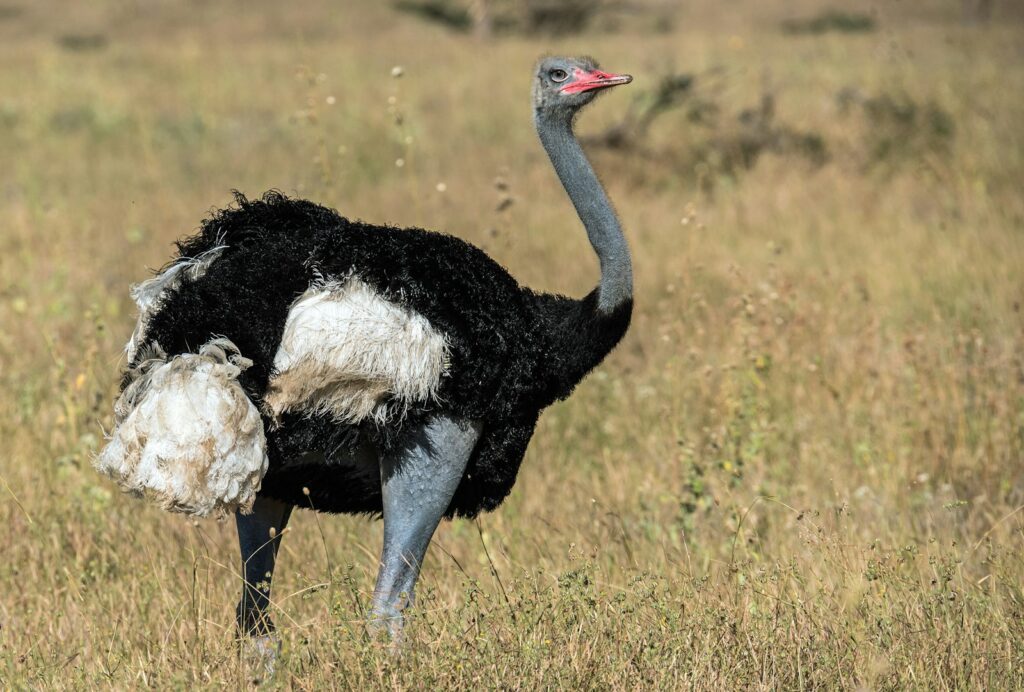
The ostrich, Earth’s largest living bird, has evolved specialized feathers that appear remarkably hair-like as an adaptation to its harsh desert environment. Unlike the compact, water-resistant feathers of many birds, ostrich body feathers are loose and fluffy with minimal barbule connections, creating a distinctive appearance that enhances their survival in arid conditions. These specialized feathers function excellently as thermal insulation, protecting against extreme temperature fluctuations typical in desert environments—keeping heat out during scorching days while retaining body warmth during cold desert nights. The hair-like quality of their plumage also facilitates air movement near the skin, allowing efficient evaporative cooling when temperatures soar, a crucial adaptation for a large-bodied bird that cannot escape heat through flight. Interestingly, while male ostriches display black body feathers, females exhibit brownish-gray plumage, with both sexes sharing the distinctive hair-like texture that makes their feathers among the most sought-after decorative plumes in human history.
Cultural Significance of Birds with Hair-Like Feathers
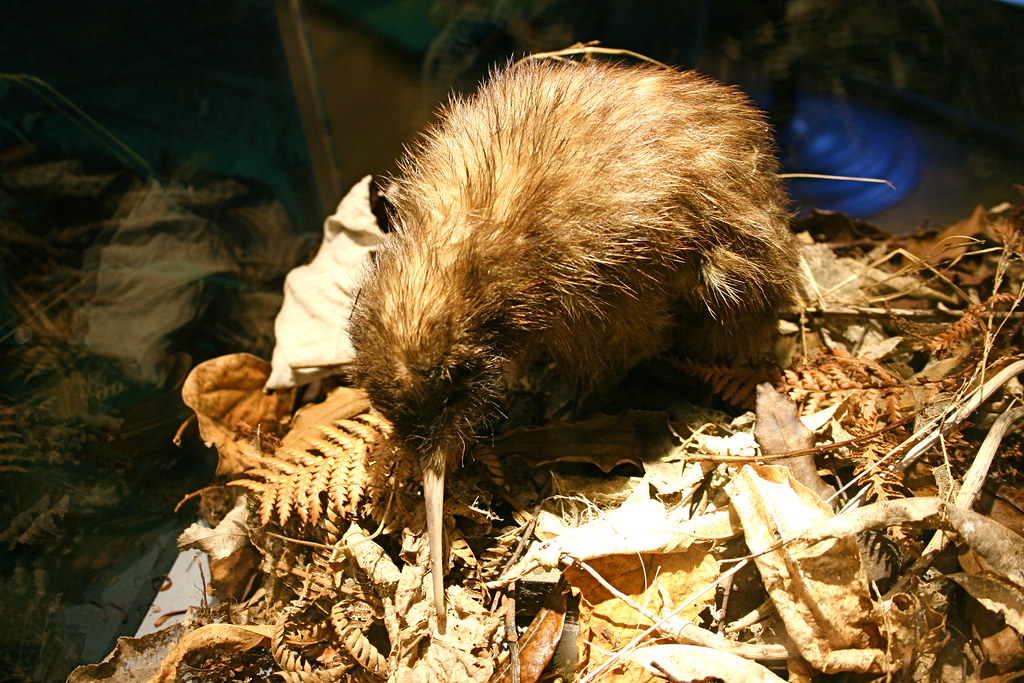
Birds with unusual hair-like feathers have fascinated humans across cultures for centuries, often gaining special significance in folklore, traditional medicine, and artistic expression. In many Asian cultures, Silkie chickens were considered exotic treasures, with their unusual plumage believed to signify special properties that made them valuable in traditional medicine practices. Native peoples of New Zealand developed rich cultural traditions around the kiwi, with its hair-like feathers being particularly prized for ceremonial cloaks that conferred status and spiritual significance. European aristocracy once highly prized ostrich plumes for their unusual texture and appearance, creating a fashion industry that nearly drove the species to extinction before conservation efforts intervened. These cultural connections highlight how the unusual appearance of hair-feathered birds has captured human imagination across continents and centuries, creating relationships between humans and these distinctive birds that transcend mere biological interest.
Conservation Challenges for Hair-Feathered Birds
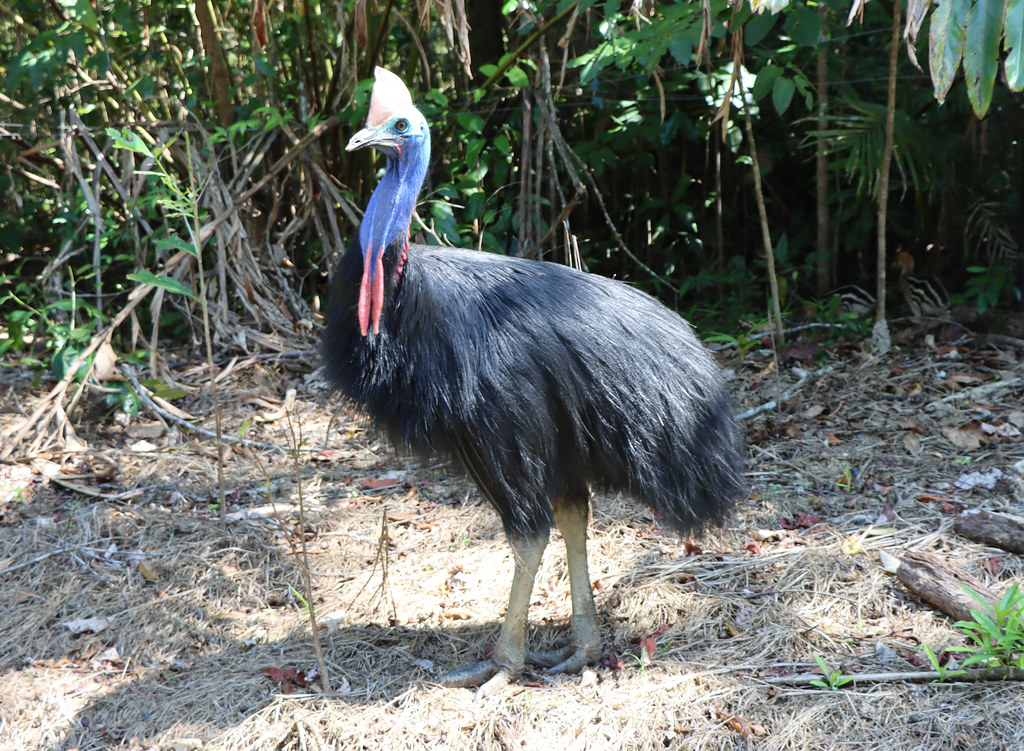
Many bird species with distinctive hair-like feathers face particular conservation challenges related to their unique adaptations and evolutionary history. For wild species like kiwis, cassowaries, and rheas, their hair-like feathers evolved specifically for ground-dwelling lifestyles, making them poorly adapted to escape introduced predators or respond to rapid habitat changes. Their specialized plumage also makes them particularly vulnerable to environmental contaminants that can affect feather condition and function, potentially compromising their insulation and protection. For domestic varieties like Silkies and Polish chickens, conservation challenges center around maintaining genetic diversity while preserving the distinctive traits that make them unique, requiring careful breeding management programs. Additionally, several species with hair-like feathers evolved on islands or in isolated environments with few natural predators, making them especially vulnerable to human-introduced threats such as cats, dogs, and rats that can decimate populations before adaptations can emerge. Conservation efforts must therefore consider the specialized nature of these birds’ adaptations when designing protection strategies.
Conclusion
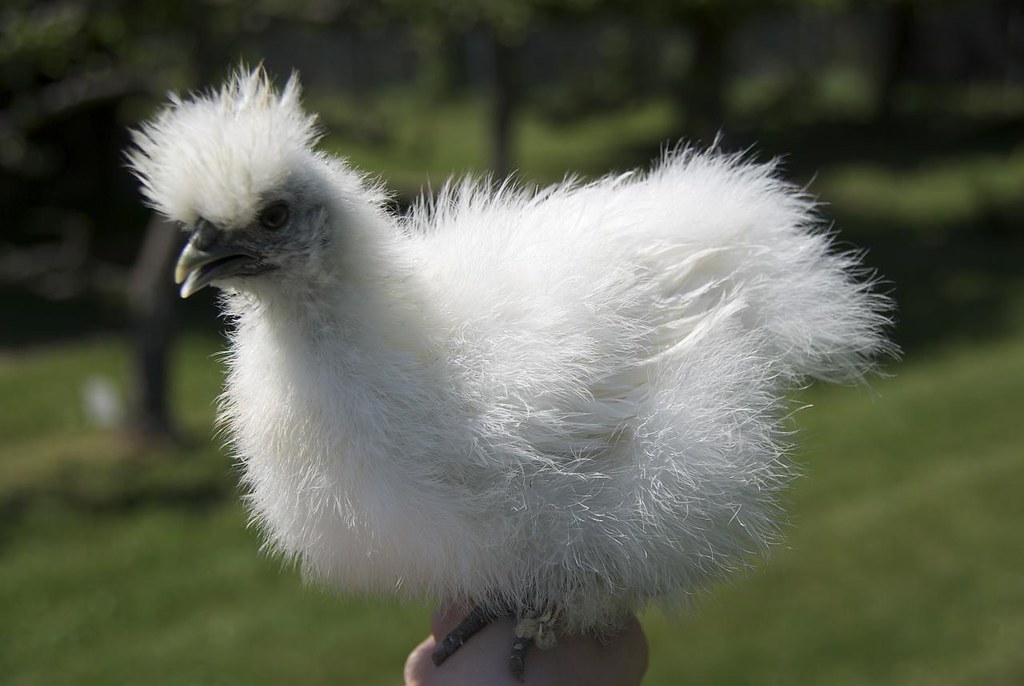
The remarkable diversity of hair-like feathers among bird species represents one of nature’s most fascinating evolutionary adaptations. From the silky plumage of Silkie chickens to the coarse, protective coat of the kiwi, these specialized feathers demonstrate the incredible plasticity of avian adaptations to different environmental challenges and lifestyles. While these feathers may appear hair-like to human observers, they remain true feathers at their core, modified through millions of years of evolutionary pressures to serve functions far removed from the flight-oriented structure of typical bird plumage. As we continue to study these unusual birds, we gain valuable insights into evolutionary processes, adaptation mechanisms, and the incredible diversity of solutions that nature develops to address environmental challenges. These distinctive birds, with their unusual appearance bridging our concepts of birds and mammals, continue to captivate scientific curiosity and public imagination alike.
